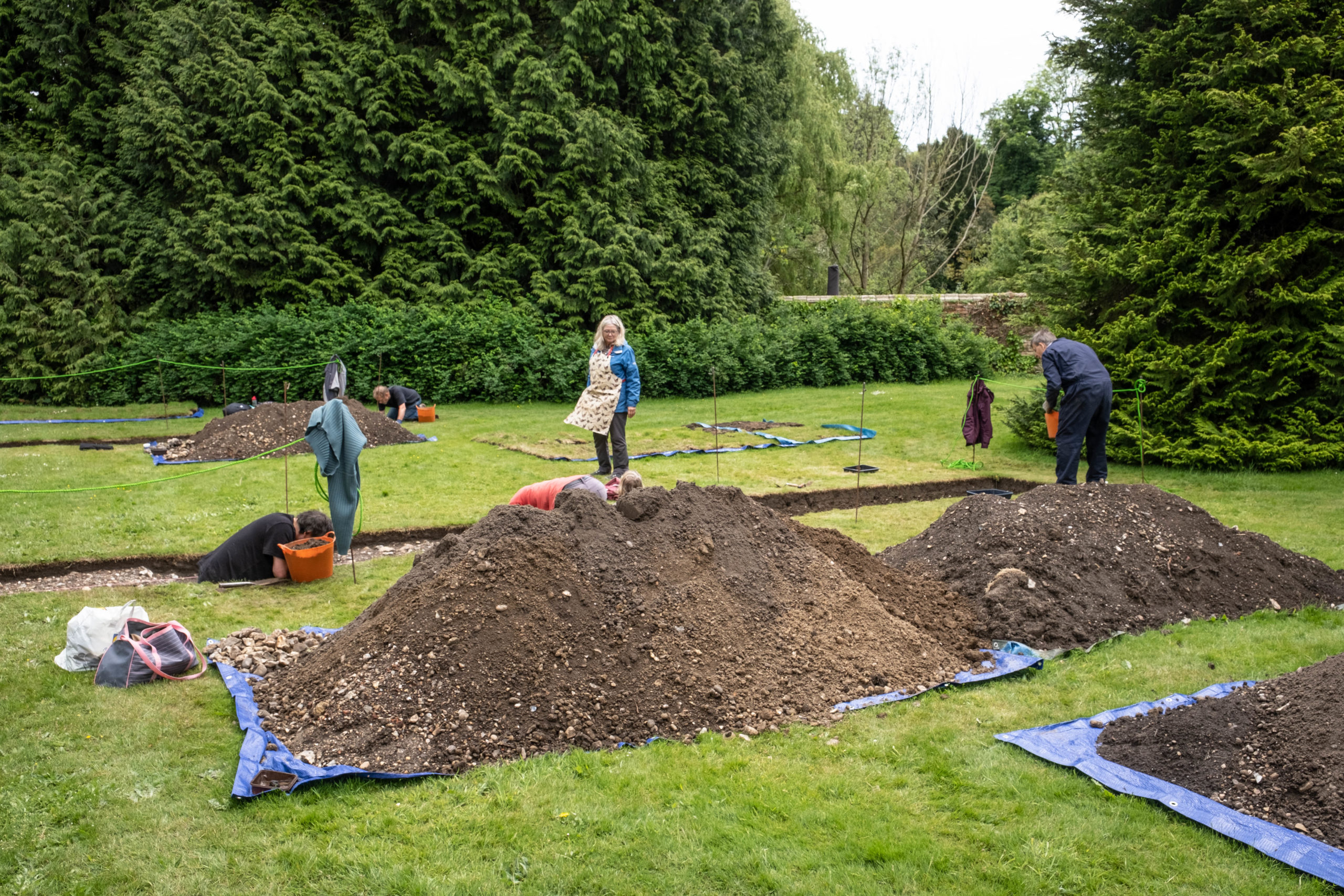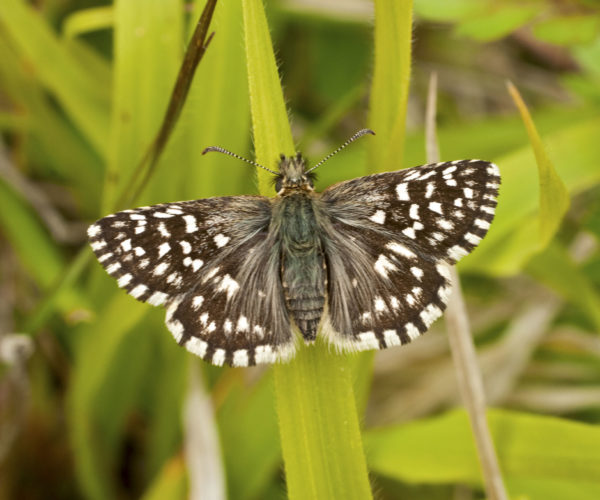Our Royalty and Silk project aims to uncover Lullingstone Castle’s hidden secrets and engage the community in its archaeology.
This project will involve an investigation, exploration and interpretation of important heritage features at Lullingstone Castle. It will also involve further archaeology of the site, with a focus on community engagement.
The project builds on a geophysical resistivity survey completed in 2011 that revealed a possible sunken Tudor kitchen garden adjacent to the house. We will conduct further investigatory work, alongside research into – and the cultivation of – the plants that would have been grown at the time the garden existed.
The project will also extend to a magnetometry survey of the inner moated gatehouse which no longer exists, as well as a condition survey of the flint ‘Queen Anne’s’ bath house located next to the River Darent; this will aid restoration work. We also aim to improve visitor access to the bath house and the adjacent ice house.
Our goal is to help visitors learn about the heritage of the Castle and estate – and the important position it has held in the local landscape over the centuries.
- Investigating hidden features at Lullingstone Castle
- Magnetometry and condition survey
- Improving access
- Engaging the community
Best way to travel
The nearest train station is Eynsford, and trains take approximately 50 minutes from central London. Eynsford station is less than a 10-minute walk to Lullingstone’s gated entrance on the A225. It’s then a further 5 minutes downhill to the Castle and Gardens.
When you exit the train station turn left, and then when you reach the main road, turn left again and pass under the railway bridge. Do NOT follow signs for the Lullingstone Roman Villa or Eynsford. Lullingstone’s gated entrance on the A225 is approximately 500 metres on the right-hand-side of the road.
For more information about our Royalty and Silk project, including volunteering, please contact darent.valley@kentdowns.org.uk














